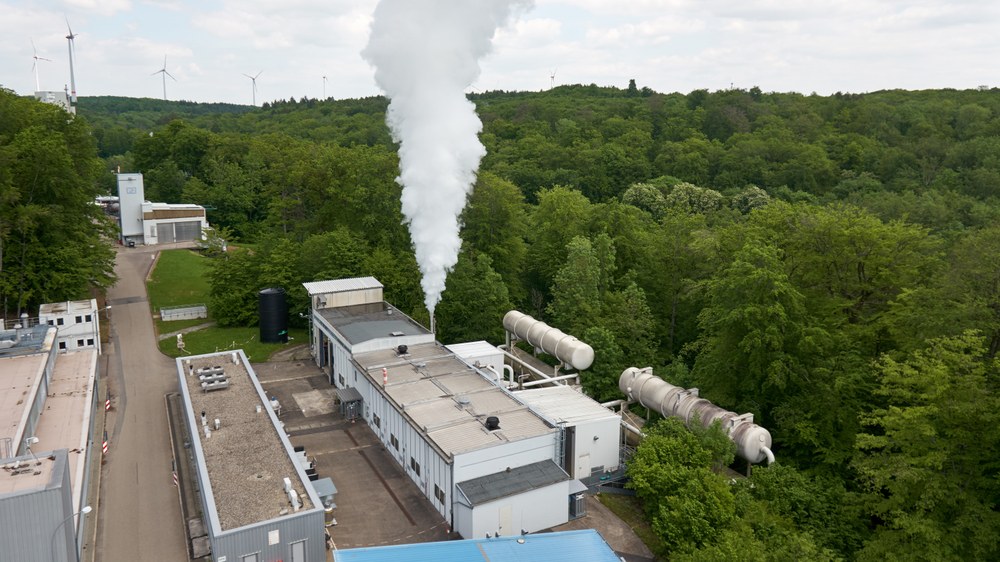High-Altitude Simulation Test Facility P1.0
Areas of application
- Testing orbital space and satellite propulsion systems in a vacuum
- Space propulsion systems up to 600 newtons
- Apogee thrusters up to 400 newtons
Fuels | Mass flow |
|---|---|
Monomethylhydrazine | 0.12 kilograms per second |
Nitrous tetroxide (N2O4) | 0.12 kilograms per second |
Number of test positions
- one test position
Height simulation
- Continuous vacuum up to 1.5 milibar operated by steam
- special objectives are mission requirements of up to 2 hours of hot runs and long "coast phases" for re-ignition
Facts & Figures
The P1.0 test stand can be divided into three areas. The first is the altitude system, which together with the altitude chamber forms the test cell and is intended for holding the test specimen. The second large part of the system is the steam generator, which is operated with alcohol and liquid oxygen. Its task is to generate steam which is accelerated by supersonic nozzles located in the vacuum line. The expanding flow of steam creates a vacuum in the line and the connected altitude chamber. The third component is the engine supply system, which supplies the operating materials for the engine. The design of this system allows various configurations and operating modes for the test specimens.


